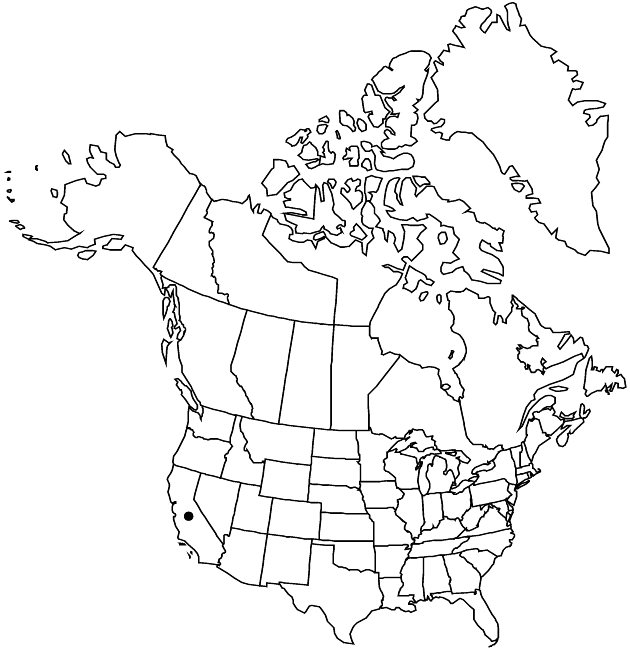Holocarpha macradenia
Fl. Francisc. 4: 426. 1897.
Plants 10–50 cm; stems notably stipitate-glandular. Heads borne singly or in glomerules or spiciform-glomerulate arrays. Involucres ± globose. Phyllaries each bearing ± 25 gland-tipped processes and minutely sessile- or stipitate-glandular. Ray florets 8–16. Disc florets 40–90; anthers reddish to dark purple. 2n = 8.
Phenology: Flowering Jun–Nov.
Habitat: Grassy areas, clay soils
Elevation: 10–200 m
Discussion
Of conservation concern.
Holocarpha macradenia occurs on the coast from near Santa Cruz to central Monterey Bay area (most populations in the San Francisco Bay area are extirpated). Populations are reportedly highly interfertile; crosses to H. virgata have sometimes yielded moderately to highly fertile hybrids (the two species do not co-occur). J. Clausen (1951) and R. E. Palmer (1982) suggested that H. macradenia is most closely related to H. virgata; that hypothesis has been confirmed by molecular data (B. G. Baldwin, unpubl.).
Selected References
None.
